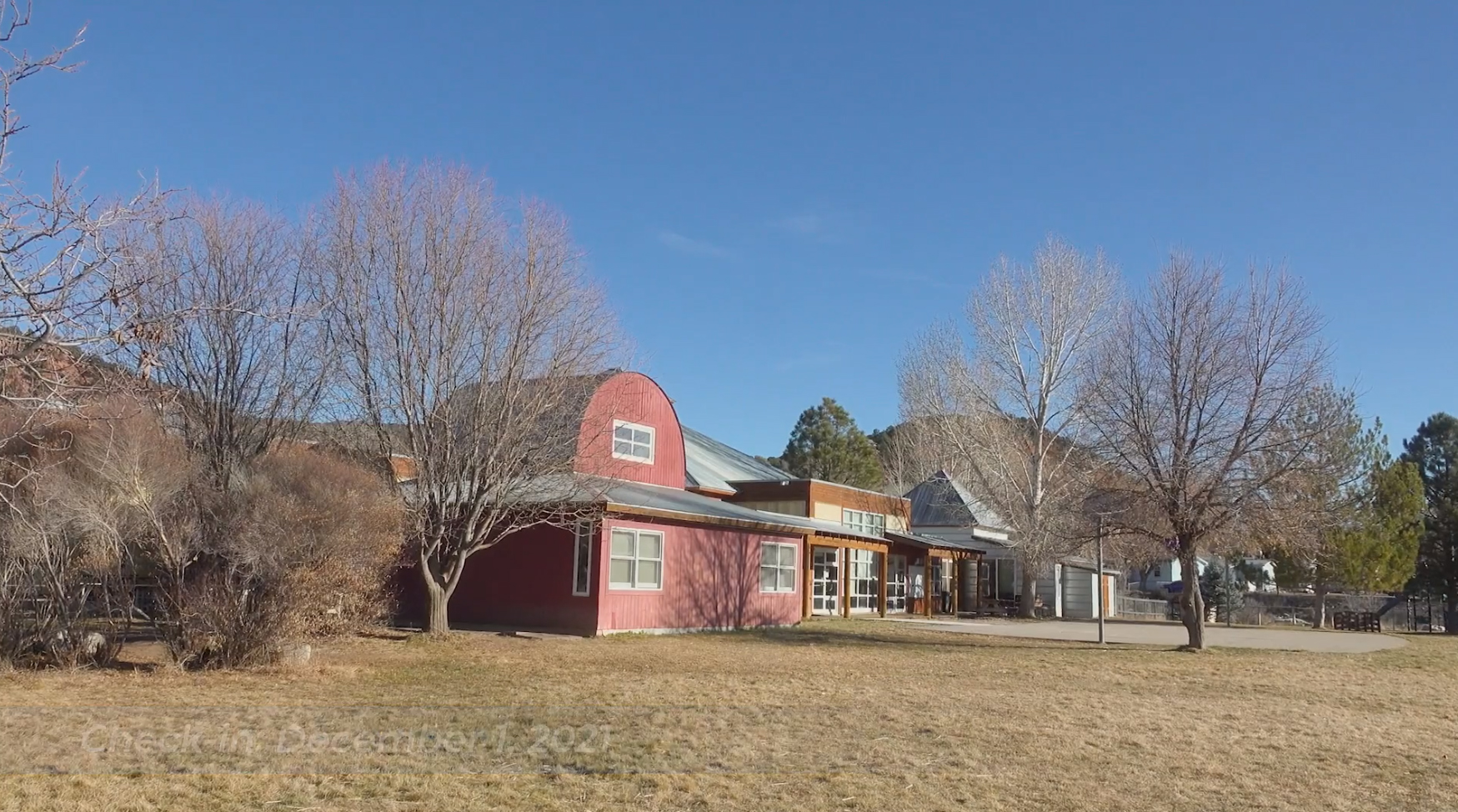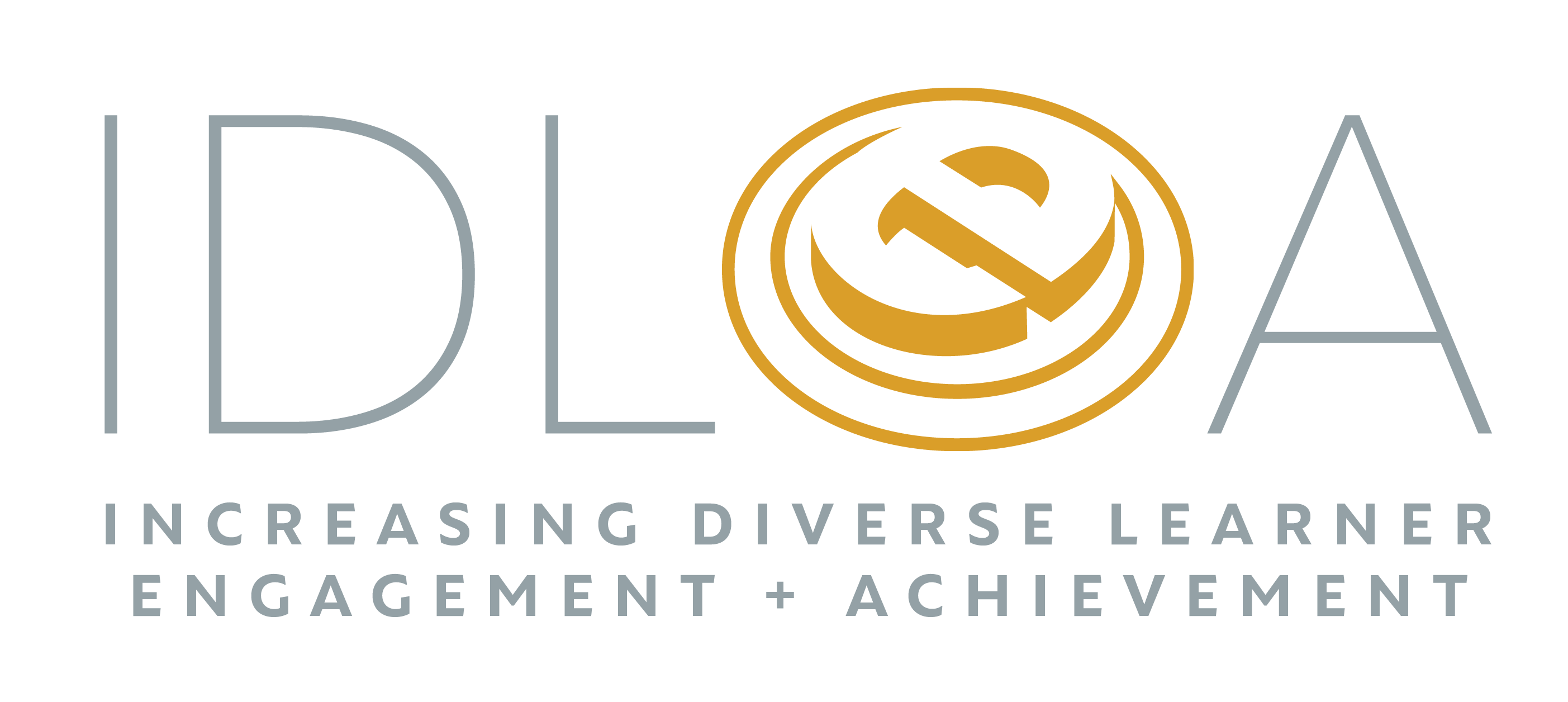“I believe engagement precedes learning and so that’s an area we can work on across the board.”
—Sam Richings-Jermaine, Principal
Increasing Student & Staff Engagement with Cooperative Learning
Carbondale Community School (CCS) is a small, district K-8 campus where the one thing they feel they don’t have enough time or funding for is robust professional development, and with only one class per grade, it’s easy for teachers to work in silos. The RISE grant is changing that, enabling them to bring in outside experts to drive engagement at both the staff and student levels.
Overall, CCS boasts good engagement but many students reported that they don’t share their thinking or learning, choose to stop working on classroom activities and are infrequently challenged. “We’d like to have all of our students highly engaged cognitively, emotionally and behaviorally in a meaningful way,” says Sam Richings-Jermaine, Principal.
In addition, a staff survey revealed that 40% feel they need more skills and strategies to engage their students, including diverse learners. Said Sam. “I believe engagement precedes learning and so that’s an area we can work on across the board.”
Based on these needs, the staff embarked on a strategy of cooperative learning, a teaching arrangement that refers to small, heterogeneous groups of students working together to achieve a common goal. Students are responsible for both their learning and that of their teammates. Said Sam, “We liked cooperative learning because it was going to provide us a way to assess student engagement as they are engaging.”
Following a 3-day training by the Kagan Institute last summer, CCS took a phased approach that included developing lead learners, implementing shared practices and, finally, maintaining student engagement. They are tracking progress through student surveys and engagement visits as well as staff feedback forms following weekly PD.
“One of our goals was to have a hundred percent of teachers implementing cooperative learning structures, and we know that's happening because we've been conducting engagement visits in different classrooms,” says Sam. While the leadership team started those visits, they later morphed to buddy visits, a process that Sam says they are not only enjoying but also is helping to hold their team accountable to the new structures.
One of the Kagan structures with which CSS is having high success, particularly with special education and English language learners, is called Rally Coach, in which a pair of students coach one another towards a correct answer or towards growth on an academic assignment. “That ownership is being transferred now from the teacher to the students, engaging them in the learning that we are working so hard to get them to do every day,” says Sam.
Because cooperative learning is an engagement strategy and not a content based strategy, the program works well for CSS’s small size. The strategies can be implemented across the school, allowing teachers to converse with their peers about what is and isn’t working regardless of what content they teach.
One of the challenges they’ve faced is adjusting their approach for grade levels. While the younger classes have bought into the changes, the middle school students are requiring more creativity with the implementation to make it more fun to embrace. “Little tweaks need to be made in order for these strategies to work well in classrooms, based on the age and development and the content that those students are using. But I think that's what's great about these Kagan strategies. They're part of your toolbox and by implementing cooperative learning, we're building our educators' tool boxes so that they have more tools that they can use for a variety of different reasons and desired outcomes,” says Sam.
Knowing that introducing any new program at a school comes with challenges, CCS has stayed mindful of the extra planning and professional development on the teacher's behalf, ensuring that it feels purposeful and supported. “We've had to remind our teachers that we're doing these engagement visits,” says Sam, “so that they go into their book, pick a cooperative learning structure, practice it and deliver it. But they've been doing it, and I think that the results have been really positive as a result.”
Overall, she believes their engagement strategy has been the right one for CCS. She attributes their success to getting teachers on board to implement cooperative learning school wide. “It’s really brought us together as a staff, working towards one goal. We feel like getting our kids talking and sharing their thoughts with us is really important, and we're starting to see some of our structures becoming part of our normal routine. It's been pretty exciting,” she shares.
As the school year winds down, CCS plans to keep their new strategy around. Explains Sam, “Relationships are our number one goal, and so we've really enjoyed the team building structures that we're using and our class building structures, because they're deepening our relationships with our students, the students relationships with each other, and our relationships as a staff. I think there's going to be a place for cooperative learning structures in our instruction for at least for next year and probably for years to come.”
On a personal note, this principal values the grant even more now then she did at the beginning, particularly the support it has given them coming out of the pandemic. “With everything that we're seeing in our schools and in our communities,” she says, “we really feel like this work around cooperation and restorative practices is so valuable. Having the support of the RISE grant could be changing children's lives, but I also think that it has kept us afloat and kept us going in a really positive way.”
She’s proud that they have all embraced this new strategy. “Our music, art and PE teachers are using it, as well as our special education, English language development teachers and our classroom teachers. It’s been really great to have a schoolwide goal, bring everybody into the professional development cycle, and have everybody implementing these strategies,” she said.

School Toolkit
- Professional Development (Engagement)
- Cooperative Learning and Student Engagement Reflection
- Restorative Chat between Peers (Middle & High School)
- Restorative Solutions: Peace Place Steps
- Restorative Solutions: Behavior Flow Chart & Intervention
- Behavioral Expectations
- Restorative Training
- Implementation Plan Checklist
- Implementation Plan & PD Schedule
- Student Self-Assessment Rubric
- Introduction to Cooperative Learning
- Classroom Engagement Observation Tool
- Engagement Visit Conversation Template
- Cooperative Learning Lesson Plan Template
- KAGAN Structure of the Month PD Plan
- Cooperative Learning Engagement Exit Tickets
